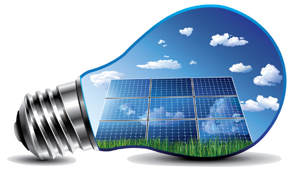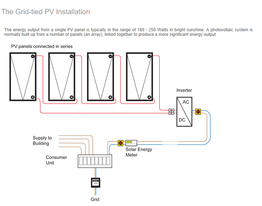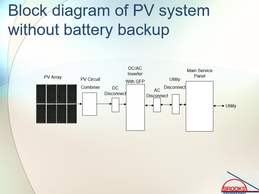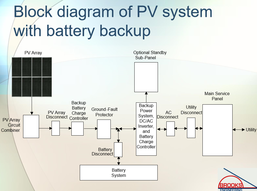Types Of Photovoltaic Systems
|
|
As a first step before choosing a solar power system for your application, you'll need to consider what kind of photovoltaic system best suits your needs. Photovoltaic systems are categorized based on how autonomous they are from the electrical grid. Which system you choose will depend on when and where you'll be using your solar system.
There are three main types of solar PV systems:
|




